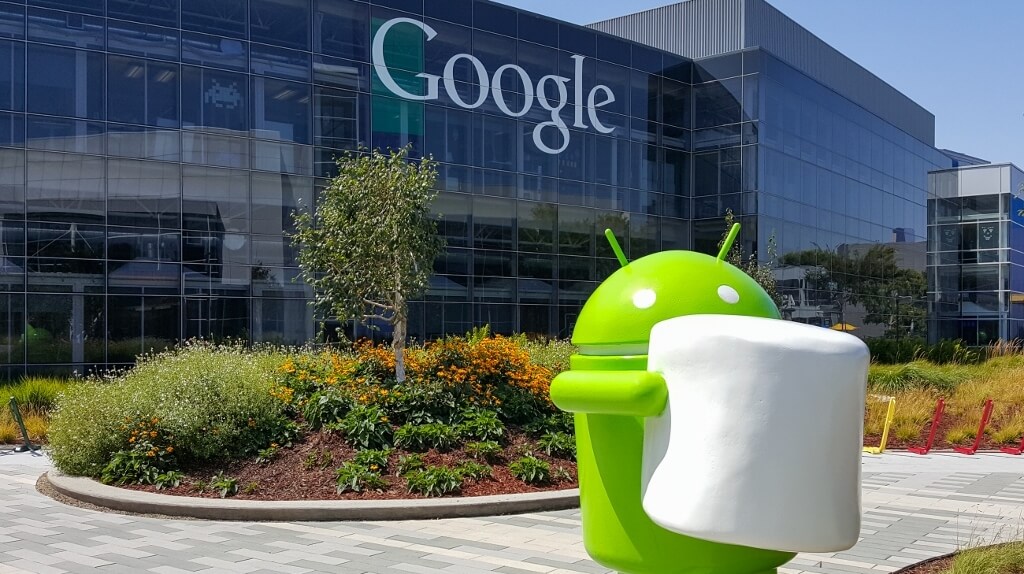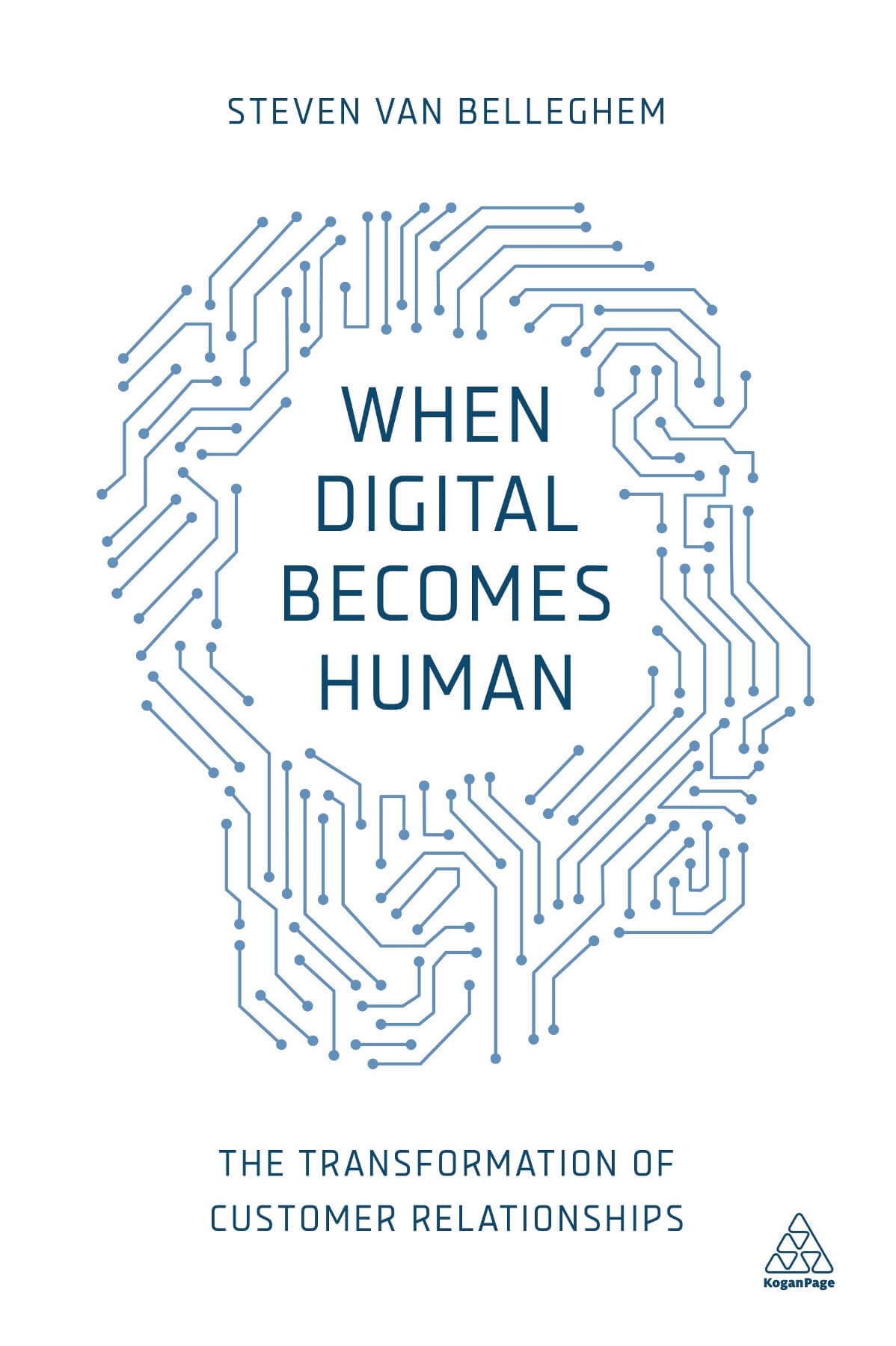User experience, communication that goes right to the top and platform building are all pieces of the customer engagement puzzle.
Five Ways To Build A Future-Proof Customer Strategy
User experience, communication that goes right to the top and platform building are all pieces of the customer engagement puzzle.

Over the past year I have visited more than 200 different companies around the world. They are spread across a diverse range of industries and located in places as far afield as Silicon Valley, New York, Shanghai, Singapore, Belgium, Netherlands, Dublin, Berlin and London, but the one thing that they have in common is that technology will become a central part of their future customer relationships.
The last few years have seen companies embrace new technology that allow them to approach customers in a way that is better than ever, and this trend is only going to continue in the coming years. The most important question about this, however, is not how the market handles this technology, but how the technology changing the market’s expectations.
The reality is that if you are unable to utilise the technology properly, it is always going to be difficult to win the heart (and business) of the market.
Based on my research, however, I believe there will be five key elements that are going to be essential if you are going to build a future-proof customer strategy:
1. Mobile First
Mobile phones play a huge role in the day-to-day life of most of us, but surprisingly few companies actually take the mobile first approach. Many businesses still see mobile first as just making content available on a smaller screen, but it is much more than that, and should be about offering services and interfaces that are easier than ever before for customers.
"Netflix does not want to find out which of their employees’ ideas are right, it organises tests in which the consumer is always right, eliminating any influence from ego and hierarchy"
During my visit to European e-commerce company, Zalando, I was surprised to hear that 56% of their turnover comes from mobile and tablet devices. Similarly, Netflix told us that 40% of streaming takes place on mobile devices, up from 0% three or four years ago.
Companies like Zalando, Netflix and Facebook can attribute much of their success to the fact that they responded to market with a mobile first philosophy, without any compromises.
2. Data Expertise
Market research has long formed the basis of decisions around company strategies, but the traditional approach has become too slow for this fast-paced world. This has led to the the accelerating trend of consumer science: a philosophy in which the consumers are always right – not based on their opinions, but on their behaviour.
Netflix is again an example of a company leading the way in this. In early 2016, Netflix ran a consumer test on all of its 75 million users, testing new templates and interfaces to see what would increase the number of streaming hours.
Netflix does not want to find out which of their employees’ ideas are right, it organises tests in which the consumer is always right, eliminating any influence from ego and hierarchy.
Data is also increasingly linked to physical products, as more products incorporate sensors and join the Internet of Things. All of this helps us to understand the consumer better than ever, and the consumer should always win the argument.
3. Boundless experiences
Great user experiences are now frictionless. The payment process of Uber plays a big part in its success, in that you simply don’t have to make a payment, it just happens automatically.
Similarly, Samsung is working on its next generation of products and by 2020, all their products will be connected with each other and with the network. The objective is that families shouldn’t have to think about their smaller, operational household activities, again making life frictionless.
Another example is US start-up Cyanogen. This innovative company is building a layer on top of Android to automate everyone’s lives. Imagine, you have appointments in your calendar and Cyanogen knows you like to walk, but it has suddenly started to rain so Cyanogen automatically orders an Uber ride for you.
You simply receive a message that your driver is ready for you, but if you get lucky and it doesn’t rain, the Uber ride is not ordered. It is this kind of automated service that completely blurs the boundaries between what is physical and what is digital.
4. Platform thinking
More and more markets have become ‘winner takes (almost) all’ markets, so gaining market share is more important than ever. It is crucial to grab the biggest market share as soon as possible, which is why many start-ups are not interested in making a profit during the most extreme growth phase. Succeed in in gaining market and profit will come later.
The best way to gain market share quickly is to build a platform. Amazon, Bol.com, YouTube, Nest, etc. are all platform players. Nest is known as a manufacturer of smoke alarms and smart thermostats, but it is actually a very clever platform player as just about every major manufacturer of electronic household items now works with the Nest platform.
They use Nest’s knowledge to make their products more relevant and they are enabling Nest to grow faster than ever before.
5. Participation
The last cornerstone of a future-proof customer strategy is the involvement of both employees and customers. To keep employees on board, a form of radical transparency is required, and companies like Google and Facebook organise a presentation and question time with the company founders every week.
Ask yourself how many times CEOs you have worked with speak to their employees – maybe 2 or 3 times a year in formal setting?
At Google and Facebook, anyone can have a conversation with the founders and ask all sorts of questions on a weekly basis, and they get a weekly update on the company’s projects and status. This builds higher-than-average commitment.
And finally, sweeping ambition!
If your customer service is not keeping up with the times, it does not matter what your ambition is. The market will be the judge of the vitality of your customer relationship, and the relationship with the employees plays a big part of this.
Customers want to be able to follow a story of your ambition. I have now visited Elon Musk’s company, Space X twice, and have followed their ambition to colonise Mars closely. It sometimes feels like watching a film about the company, with good and bad news shared freely.
This ambition has become the company’s marketing, and if you too can succeed in this way, the market will really help you to succeed at your larger goal.
Bloom Technologies is another company that does this beautifully. By building a sensor that enables pregnant women to monitor their baby they are aiming to combat infant mortality. Now isn’t that a great goal? The market believes its story, and it becomes a success.
Prof. Steven Van Belleghem is author of When Digital Becomes Human, published by Kogan Page. Follow him on twitter @StevenVBe, subscribe to his videos at www.youtube.com/stevenvanbelleghem or visit www.stevenvanbelleghem.com.
Thanks for signing up to Minutehack alerts.
Brilliant editorials heading your way soon.
Okay, Thanks!




